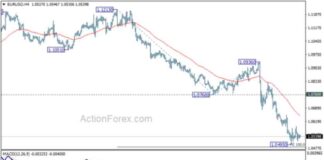The Reserve Bank of New Zealand is gearing up for its last policy meeting of 2024, with expectations high for a rate cut of 50 basis points. The RBNZ has been on a loosening campaign, and with inflation within target range and GDP growth slow, a significant rate cut is anticipated. There is even talk of a possible triple reduction of 75 basis points, which could have a substantial impact on the New Zealand dollar.
Meanwhile, in the US, the focus is on the upcoming Thanksgiving break and a slew of economic data releases. The Federal Reserve is closely monitoring inflation and jobs reports as it considers a potential rate cut in December. Fed Chair Powell has hinted at a possible pause in rate cuts, depending on the strength of economic indicators.
In the Eurozone, the European Central Bank is facing pressure to cut rates, despite concerns about the growth outlook. The upcoming flash CPI figures will provide valuable insight into the ECB’s decision-making process. A higher-than-expected CPI could influence the ECB to hold off on a rate cut.
Australia is also awaiting CPI data, with expectations for a slight increase in October. The Reserve Bank of Australia is not expected to cut rates until May 2025 at the earliest. In Canada, the Bank of Canada is likely to announce a fifth consecutive rate cut in December, with the potential for a sizable reaction in the Canadian dollar depending on GDP data.
Finally, in Japan, the Tokyo CPI figures will shed light on inflation trends and the possibility of a rate hike in December. Stronger-than-expected numbers could bolster bets for a year-end hike, impacting the yen.
Overall, central banks around the world are closely monitoring economic indicators and inflation data to make crucial decisions on monetary policy. The upcoming weeks will be crucial in determining the direction of interest rates and currency movements in various countries.

















